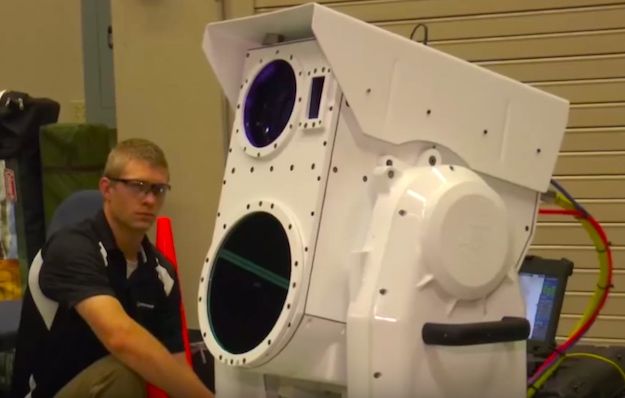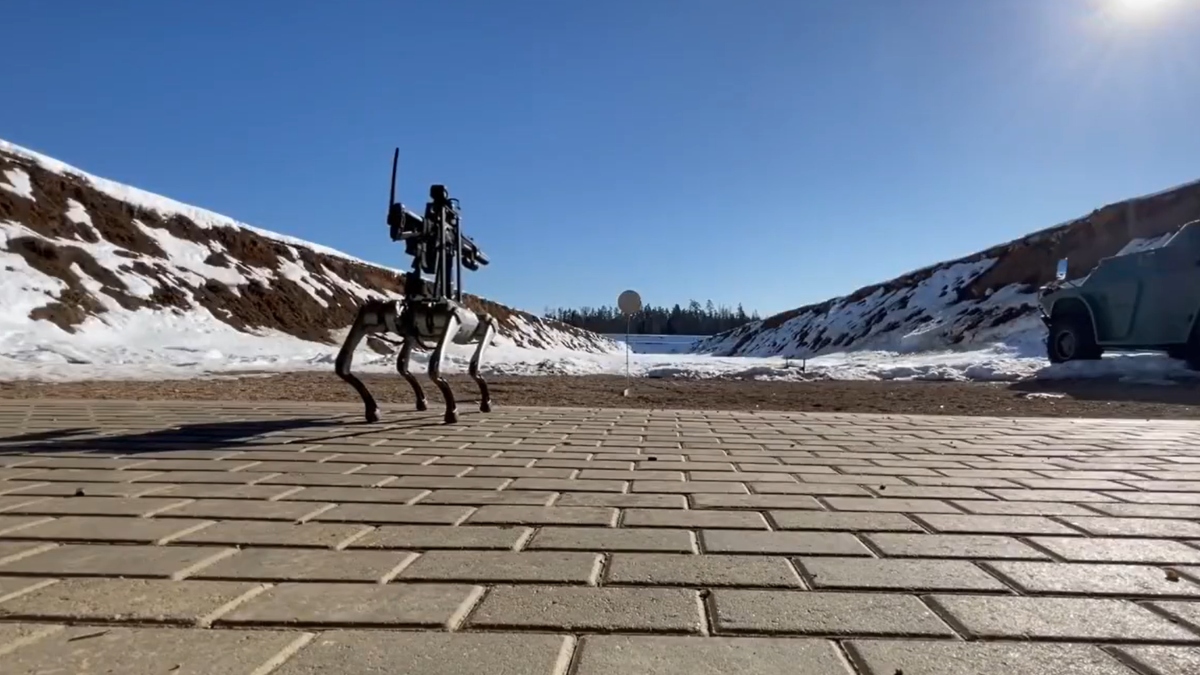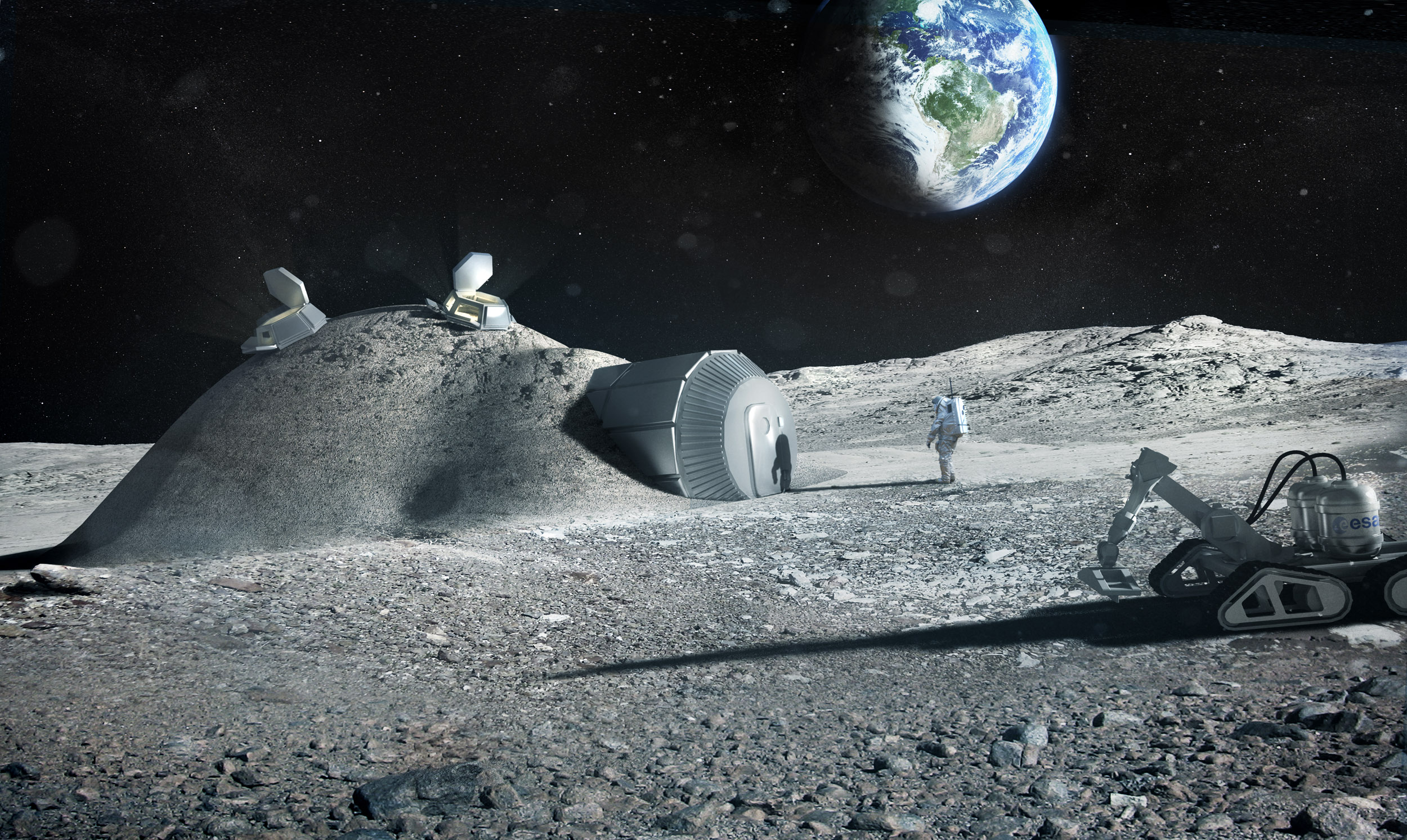Farming robot uses LASERS to kill 200,000 weeds per hour
11/29/2024 / By Ethan Huff

There is good news on the agriculture front after a company called Carbon Robotics released a new weedkilling robot that uses lasers rather than toxic chemicals to destroy weeds.
By combining artificial intelligence (AI) with precision laser technology, Carbon Robotics is paving the way for a sustainable farming future that couples innovation with efficiency while protecting the food supply from poison.
“The presence of weeds significantly reduces crop yields and quality, making effective weed management essential for agricultural success,” reports The Mind Unleashed.
“For centuries, farmers have relied on labor-intensive methods and chemical herbicides to combat this problem, but these approaches are not without their flaws.”
The chemicals that most industrial farmers use now to try to kill weeds, one of the most well-known being Roundup (glyphosate), are highly toxic not only to food crops themselves but also to soil and groundwater. Eliminating them from the food supply is a top priority that could soon be possible with weedkilling lasers.
“These chemicals can seep into water supplies, harming aquatic ecosystems and affecting soil health,” The Mind Unleashed further explains. “Over time, their overuse may lead to the development of herbicide-resistant weeds, further complicating the issue.”
“Meanwhile, manual weeding, though free of chemical drawbacks, is both backbreaking and time-consuming. The agriculture industry’s labor shortages have made this method increasingly impractical, leaving farmers with few viable options.”
(Related: Did you know that nearly 60 percent of sperm samples in a recent study tested positive for worrying levels of glyphosate?)
Are lasers the future of farming?
Known as the Autonomous Weeder, Carbon Robotics’ weedkilling laser robot requires very little human intervention. It works by scanning entire rows of crops using 12 high-resolution cameras that are capable of detecting weeds in real time.
The system’s onboard AI system processes what the cameras pick up to determine which plants are weeds and which are crops – and it is said to be very accurate. Once a weed is identified, carbon dioxide lasers target and blast it to death.
Farmers who adopt the technology will no longer have to manually or chemically try to protect their crops. The Autonomous Weeder can do it all for them, reducing input costs and freeing up time and money for other things.
Carbon Robotics also released a newer LaserWeeder that is not autonomous, but that is pulled from the back of a tractor. It requires a human driver but it is also a lot more flexible than the Autonomous Weeder in that it can do other things besides just kill weeds with lasers.
“The LaserWeeder is equipped with three times the lasers of the original model, enabling it to kill up to 200,000 weeds per hour,” reports explain. “This incredible efficiency makes it one of the most effective weed management tools available.”
“In just one hour, the LaserWeeder can cover two acres of farmland, a feat that would take human laborers days to achieve. Its precision targeting ensures that only weeds are eliminated, leaving crops unharmed and the soil intact. This targeted approach not only boosts productivity but also supports healthier, more sustainable farming practices.”
Check out the below video to see LaserWeeding in action:
While the upfront costs for these technologies might seem steep, the long-term savings make it worth it. The machines can cut weedkilling expenses on the farm by up to 80 percent, which means the machine pays for itself in just a few years.
“I can’t stop imagining arguing with a pack of these things, trying to convince them I’m not a plant,” one commenter joked about the somewhat ominous implications of laser robots going around blasting weeds.
More related news coverage can be found at Weedkiller.news.
Sources for this article include:
Submit a correction >>
Tagged Under:
breakthrough, Carbon Robotics, computing, cool science, cyborg, farming, future science, future tech, Glitch, information technology, inventions, lasers, robot, robotics, weedkiller, weeds, world agriculture
This article may contain statements that reflect the opinion of the author
RECENT NEWS & ARTICLES
COPYRIGHT © 2017 FUTURE SCIENCE NEWS



















